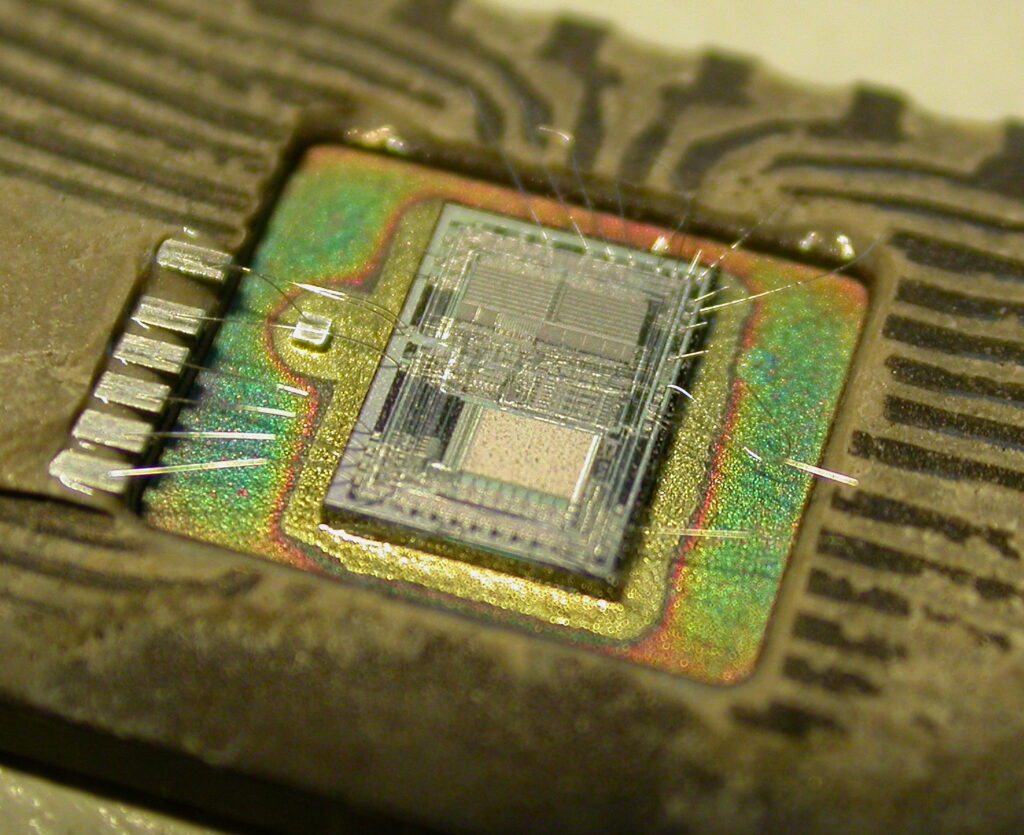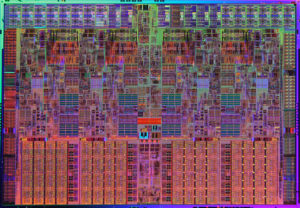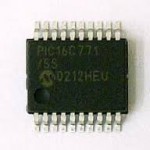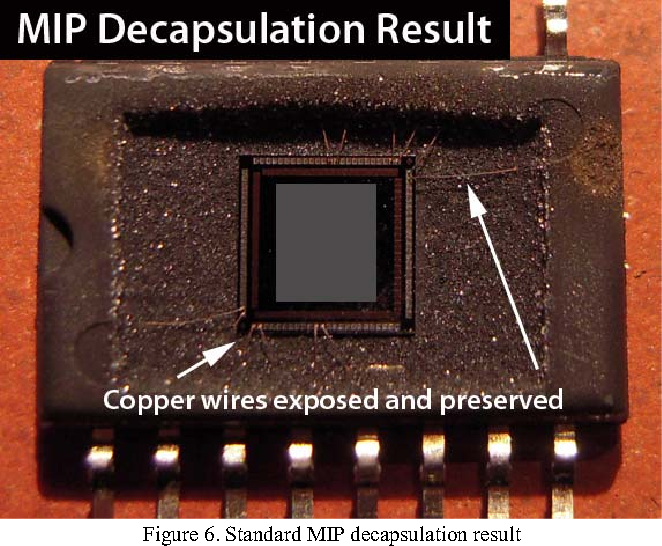Crack IC ATmega640PA Flash
Crack IC ATmega640PA Flash memory after break mcu atmega640pa protection and copy the program from microcontroller atmega640pa flash and eeprom memory in the format of heximal;

A normal conversion takes 13 ADC clock cycles. In certain situations, the ADC needs more clock cycles to perform initialization and minimize offset errors. These extended conversions take 25 ADC clock cycles and occur as the first conversion after one of the following events:
the ADC is switched on (ADEN in ADCSR is set) the voltage reference source is changed (the REFS1..0 bits in ADMUX change value) a differential channel is selected (MUX2 in ADMUX is “1”) if crack mcu atmega1284pv hex.
Note that subsequent conversions on the same channel are not extended conversions. The actual sample-and-hold takes place 1.5 ADC clock cycles after the start of a normal conversion and 13.5 ADC clock cycles after the start of an extended conversion.
When a conversion is complete, the result is written to the ADC data registers, and ADIF is set. In Single Conversion mode, ADSC is cleared simultaneously. The software may then set ADSC again, and a new conversion will be initiated on the first rising ADC clock edge after crack IC atmega640p hex.
In Free Running mode, a new conversion will be started immediately after the conversion completes while ADSC remains high. Using Free Running mode and an ADC clock frequency of 200 kHz gives the lowest conversion time, 65 µs, equivalent to 15 kSPS.
For a summary of conversion times, see Table 18. The ADC features a noise canceler that enables conversion during ADC Noise Reduction mode (see “Sleep Modes” on page 23) to reduce noise induced from the CPU core and other I/O peripherals.
If other I/O peripherals must be active during conversion, this mode works equivalently for Idle mode. To make use of this feature, the following procedure should be used:
- Make sure that the ADC is enabled and is not busy converting. Single Conversion mode must be selected and the ADC conversion complete interrupt must be enabled.
ADEN = 1
ADSC = 0
ADFR = 0
ADIE = 1
- Enter ADC Noise Reduction mode (or Idle mode). The ADC will start a conversion once the CPU has been halted.
- If no other interrupts occur before the ADC conversion completes, the ADC interrupt will wake up the MCU and execute the ADC conversion complete interrupt routine.
Tags: crack ic software archive,crack ic software binary,crack ic software code,crack ic software content,crack ic software data,crack ic software eeprom,crack ic software file,crack ic software firmware,crack ic software heximal,crack ic software information,crack ic software memory,crack ic software program




